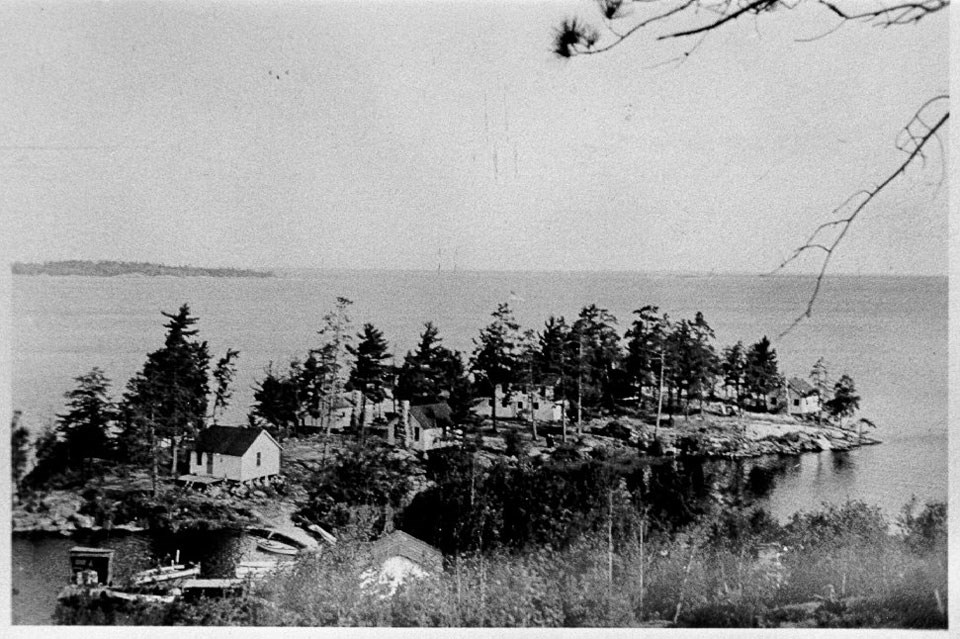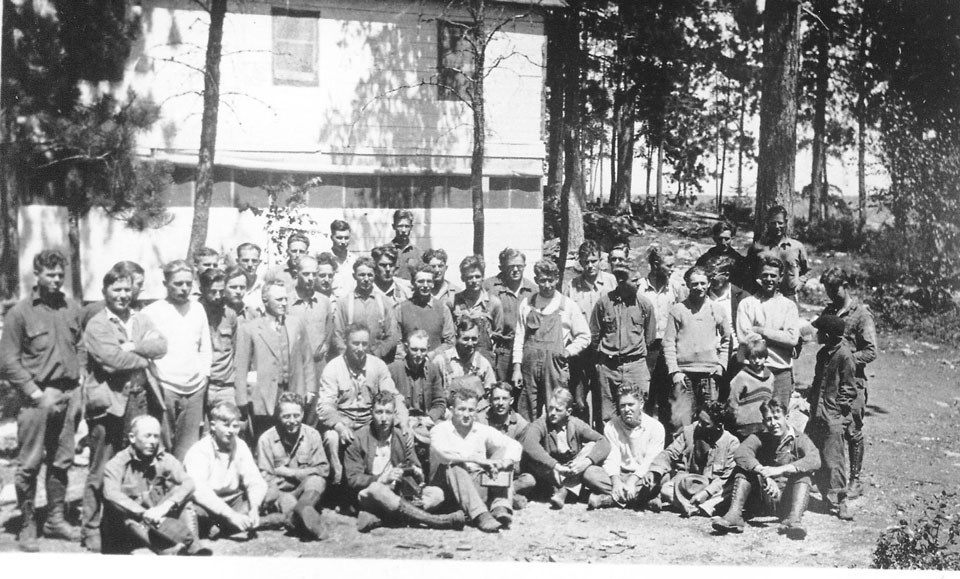
IntroductionCamp Marston, a Visitor Destination site located in Browns Bay on the eastern end of Rainy Lake, was a summer camp for engineering students at Iowa State University. The isolation of the area enabled the university to mimic primitive frontier conditions and create the most authetic surveying experience possible. Visiting Camp MarstonToday the only remains of Camp Marston are the cabin known as “Polaris”, where the camp professors stayed, and the foundations and chimneys of the student’s cabins. There are currently no amenities at this Day Use site, but you can still walk the grounds and see the chimneys and foundations of the cabins and mess hall. Walk to the very end of the peninsula and you can sit in the natural amphitheater where campfires were held by these aspiring civil engineers. Upon departing this beautiful place, you will be reminded that the land still holds the memories made at the Iowa State University Civil Engineering Summer Camp, fondly known by many as Camp Marston. Sit quietly and maybe you can hear some of the stories told by Professor Dodds and the lessons experienced by the students. HistoryThe Early Years and Daily Assignments Established in 1923, the site was named for Anson Marston, the first Dean of Engineering at Iowa State University. The camp could shelter up to forty or fifty students and four or five faculty members. The trip to the camp was not always easy given the fact that it was so remote. The first two days were spent traveling by rail from Ames, Iowa to Rainy Lake. Once the students arrived they were assigned a task. These tasks included setting up tents, preparing wood, and camp construction. The students were also assigned to a camp detail where they had different routine jobs that they had to do. The men recorded the weather, raised and lowered the flag, cleaned the campsite, burned garbage, chopped wood for the cook, and brought in ice from Big Island two miles away. Starting in the mid-1930s students would build a new cabin each year as part of their training. Actual field work began on the third day of camp. 
Camp Routine
The Waning Years
During the years that Camp Marston was in operation, an average of thirty-five men (no women were allowed) per season spent six weeks working twelve hour days at the camp. In 1938, Dean of Engineering, Thomas Agg, visited the camp to evaluate the site. He believed Camp Marston was too remote, too archaic, and lacked the amenities a camp ought to have. In addition the buildings needed major repairs, and fuel was in short supply for the long trip from Ames to Rainy Lake. The camp was finally closed in 1940, and the property was divided into state lease lots. 

Left image
Right image
|
Last updated: April 17, 2018
